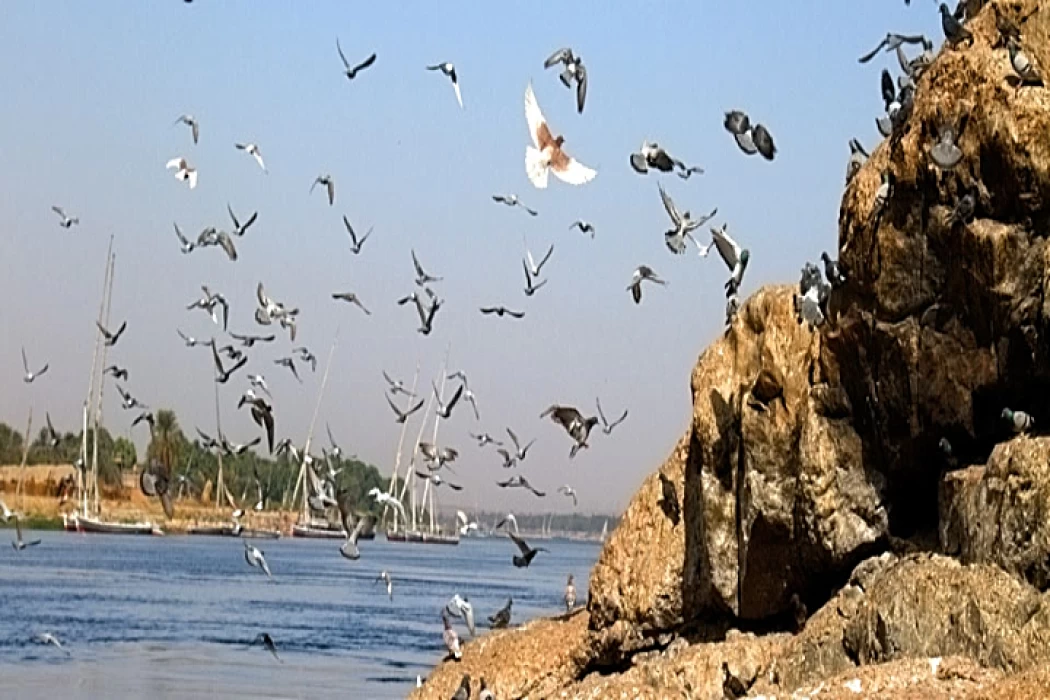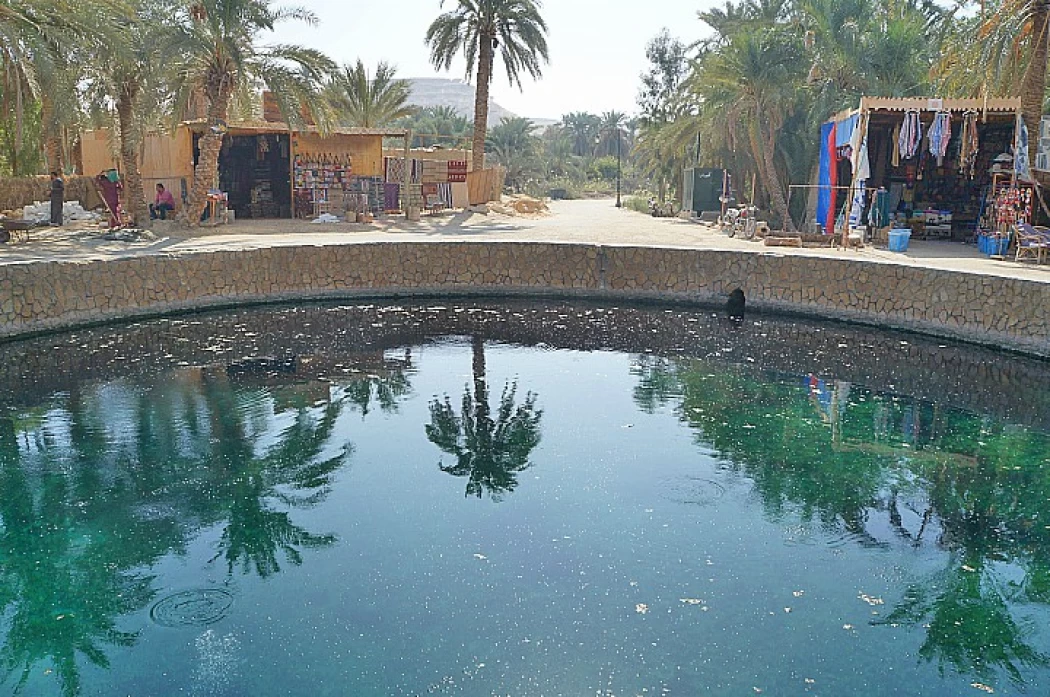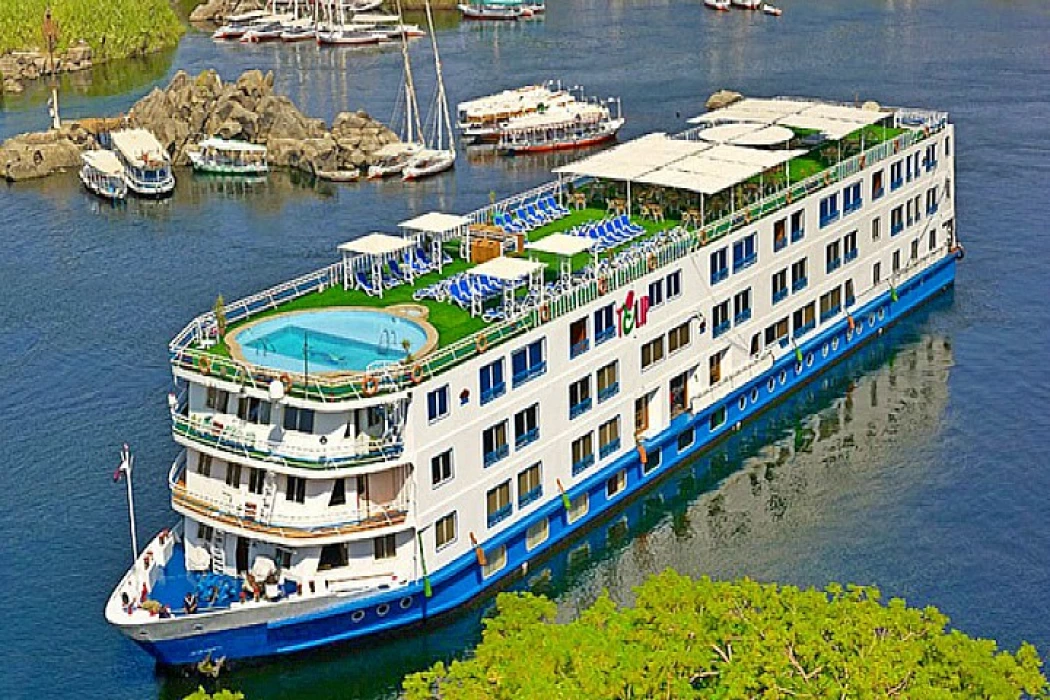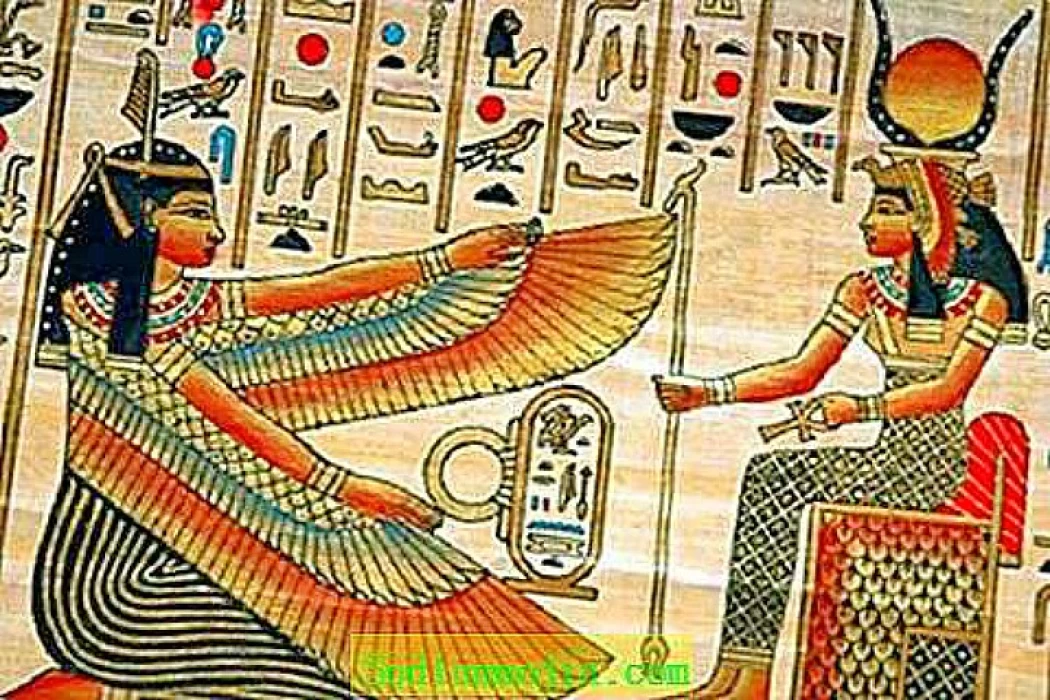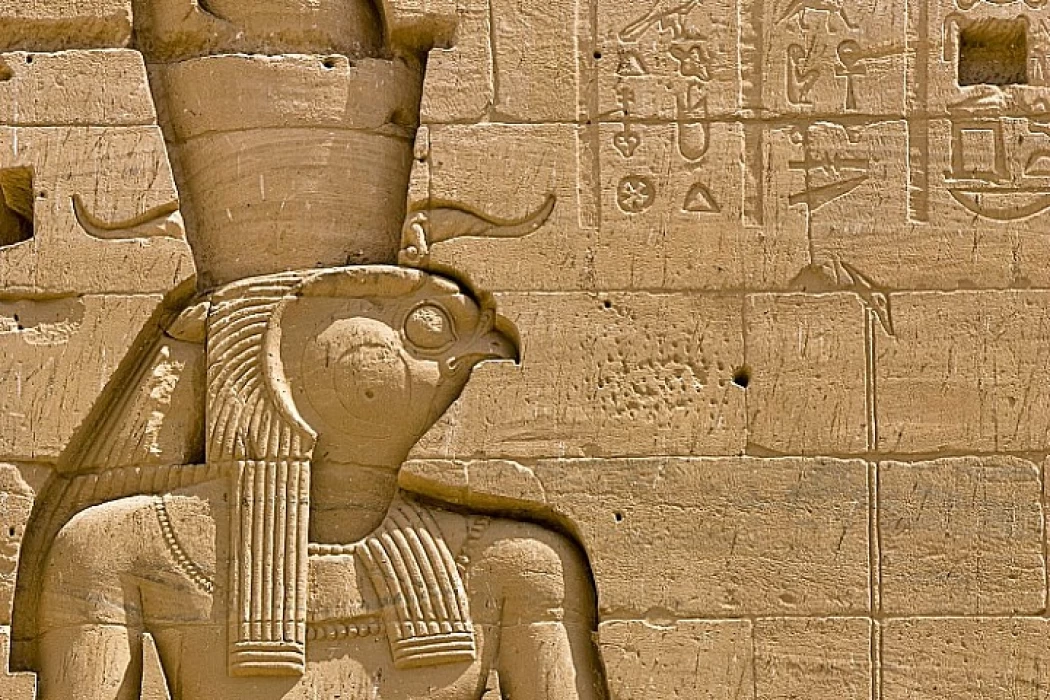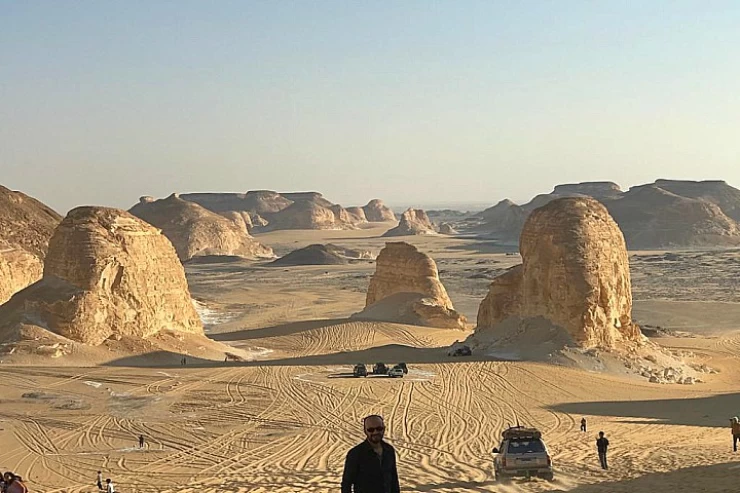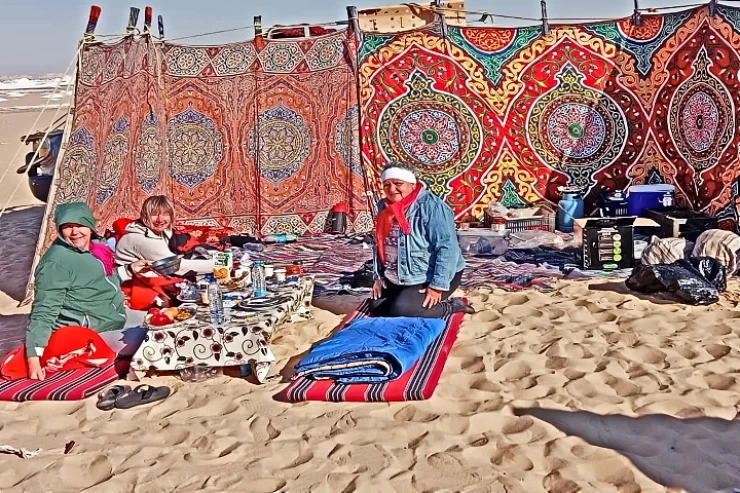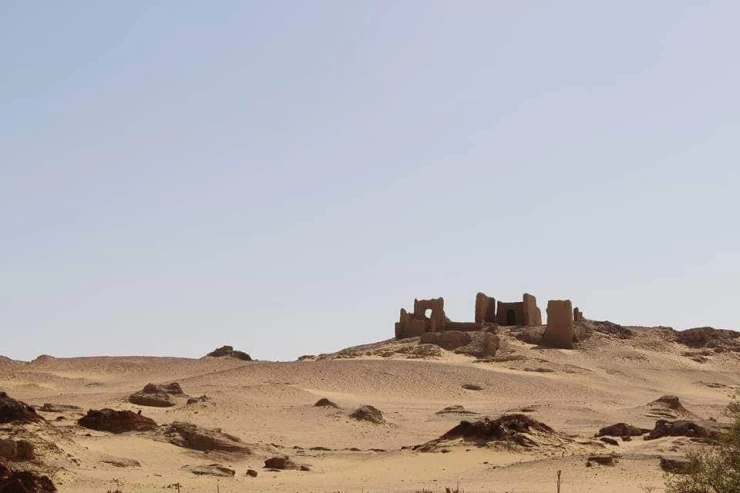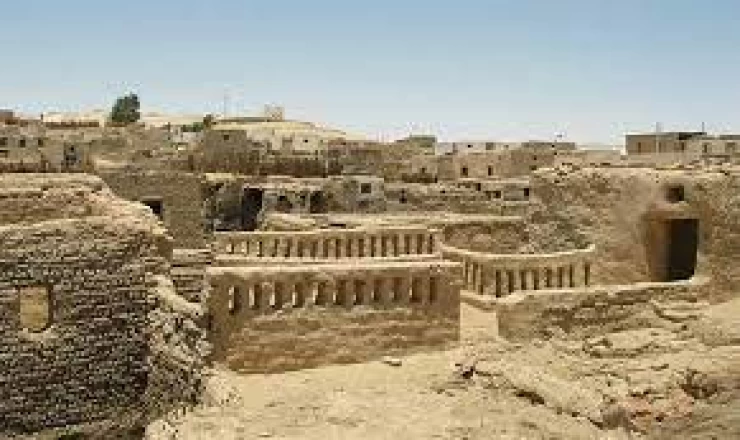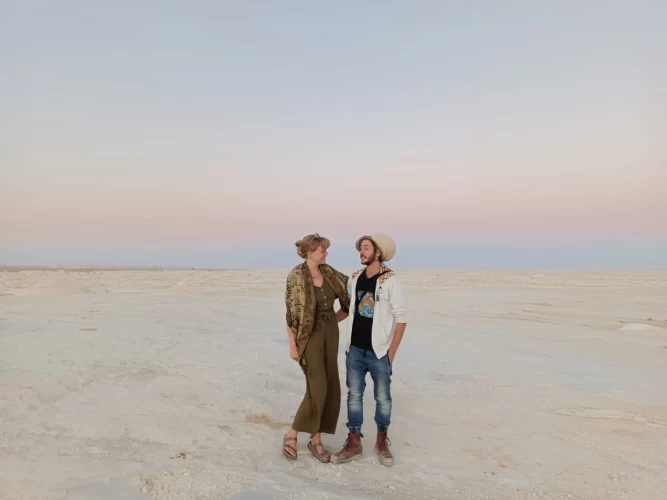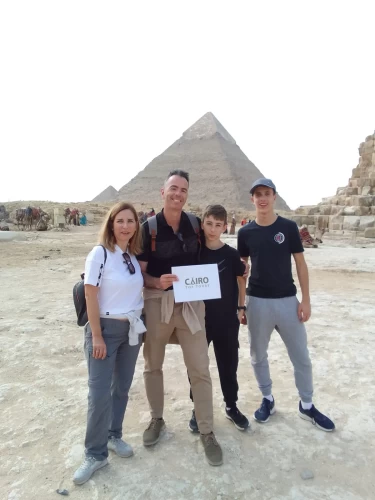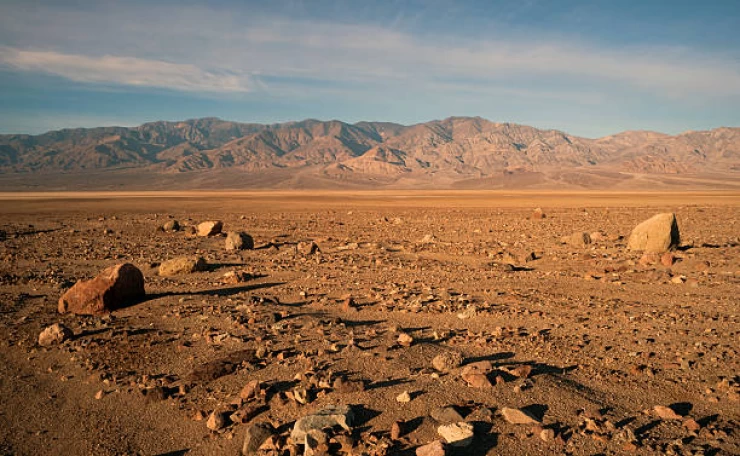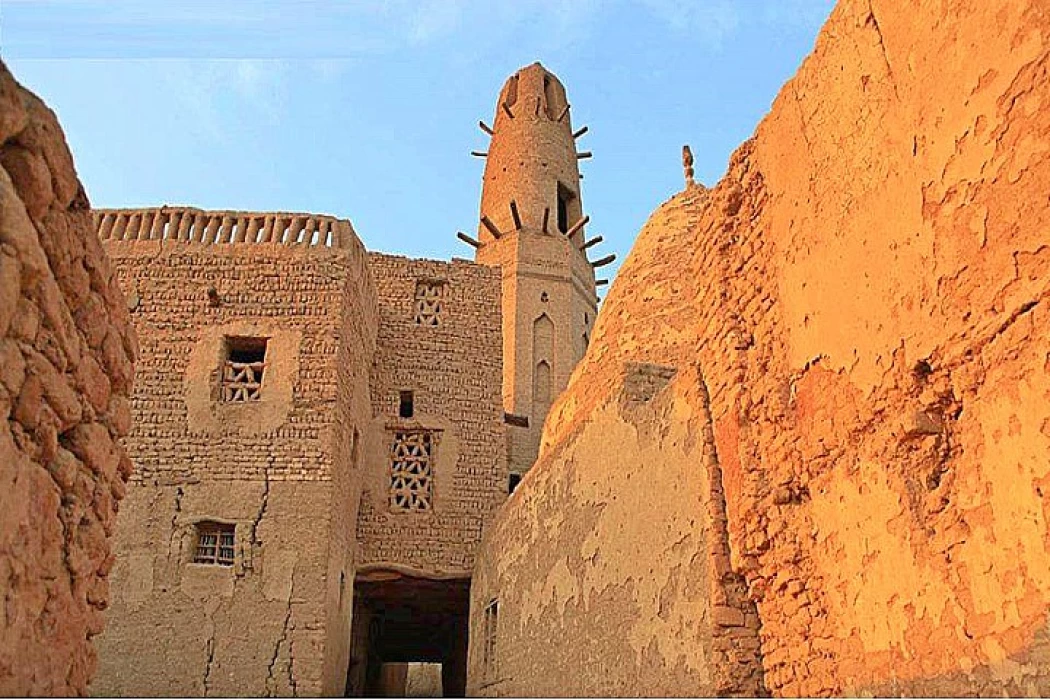
El Dakhla Oasis in Egypt
Dakhla oases: Location and area
Dakhla Oasis is one of the Egyptian oases in the middle between Farafra Oasis and Kharga Oasis. Dakhla Oasis is located specifically in the New Valley Governorate and is approximately 350 kilometres from the Nile River. The area of Dakhla Oasis is to the west about 80 kilometres and to the east, and its width is to the north about 25 kilometres and to the south. The Mut wells zone is the capital of Dakhla Oasis, apart from being the province's second capital as a whole.
History of Egypt's Dakhla Oasis
In fact, scientists began conducting several research projects on the Dakhla Oasis around 1978 AD and continued conducting research for nearly 4 decades, and that was about the movement of humans in the region, and it should be noted that scientists have discovered in the meantime a number of cities lost in the sands of the desert, in addition to finding wooden books with papyrus documents and some personal letters, and the discoveries in this region show the nature of life for humans in the past with an indication of their various religious practices.
Dakhla Oasis Main Attractions
Egypt's Dakhla Oasis is one of the most important landmarks of ancient civilizations, displaying a number of museums and temples that may date back to ages that have been immortalized by history.
Museum of Ethnography Mott
The Mott Ethnographic Museum represents the main city in the oasis and displays some of the items and objects that were used in the oasis in the Islamic era, including pots and carpets as well as various dresses and jewellery.
Qasr Historical Center (Qasr Islamic Village)
This centre is located on the edge of the oasis and is one of the most important factors that attract people to the oasis. It also contains schools dating back to around the 10th century AD, as well as a mosque dating back to the 12th century AD, among others.
Deir al-Hajar Temple
Made of sandstone, this temple dates back to the Roman era and includes many inscriptions that represent the life and religious practices of the time.
Decorative hill
The hill got its name from two beautifully decorated tombs, one of Pelusis and the other the tomb of Petosiris, in addition to the fact that this hill contains a large number of family tombs.
Mut wells
The temperature in Mut's wells may sometimes reach about 43 degrees Celsius, and the depth of one of its wells is estimated at about 1224 meters, in addition to the presence of a swimming pool that comes in a circular shape, with some tourist restrooms that contain all tourist services.
Ain al-Qasr Pharaonic Wells
These wells are characterized by their high temperature, which can sometimes reach around 45 degrees Celsius.
Latest Articles
Admin
Wadi El Rayan in Faiyum | Waterfalls in Wadi El Rayan
Wadi Al-Rayan Nature Reserve is one of the distinguished tourist areas in Fayoum Governorate, and one of the most important areas is the picturesque Wadi Al-Rayan Falls with its charming nature, which made it a destination for hundreds of thousands of tourists from different countries of the world who visit it during the year and enjoy practicing various tourist activities around the waterfalls, such as sand skiing, bird watching, and others.
Admin
Tourism in Aswan | Aswan Tourism in Egypt
Aswan Governorate has a huge wealth of diverse natural attractions, including the great Nile River, a large number of nature reserves, vast areas of deserts and mountains, and other areas of attractive nature. It is also characterized by an ancient, unique, rich and diverse civilization, as it possesses a civilizational and cultural heritage that bears witness to all the periods of history that have succeeded in it during thousands of years.
Admin
The Medical Tourism in Egypt | Therapeutic Tourism Egypt
If you are planning medical tourism in Egypt and you don't know what medical tourism places you can visit, let me tell you, dear reader, about places rich in natural resources that provide effective treatments to get rid of diseases and get the most energy and vitality.
Admin
The Nile River information
The Nile River is the longest river in the world and is located in the continent of Africa, and it divides the land of Egypt from south to north to branch into two branches that flow into the Mediterranean Sea, namely the Rosetta Branch and the Damietta Branch, its length is from its headwaters in Lake Tanganyika to its mouth in the Mediterranean Sea
Admin
Goddess Isis | The Egyptian Goddess Isis
In the first millennium BCE, Isis and Osiris became the most worshipped Egyptian deities, and Isis took on many of the traits of the other gods. The rulers of Egypt and its neighbors to the south in Nubia began building temples specifically dedicated to Isis, and her temple at Philae was one of the most important religious centres for Egyptians and Nubians alike.
Admin
God Amun Ra | Amon Ra The Master of the Ancient Egyptian gods
By merging with Ra, Amun manifested himself in creation, thereby combining in himself the two divine opposites: as Amun, he was invisible, mysterious, and detached from the world, and as Ra, he was visible and the giver of everyday life. Similarly, he was associated with Maat, the Egyptian concept of justice and balance in the universe.

